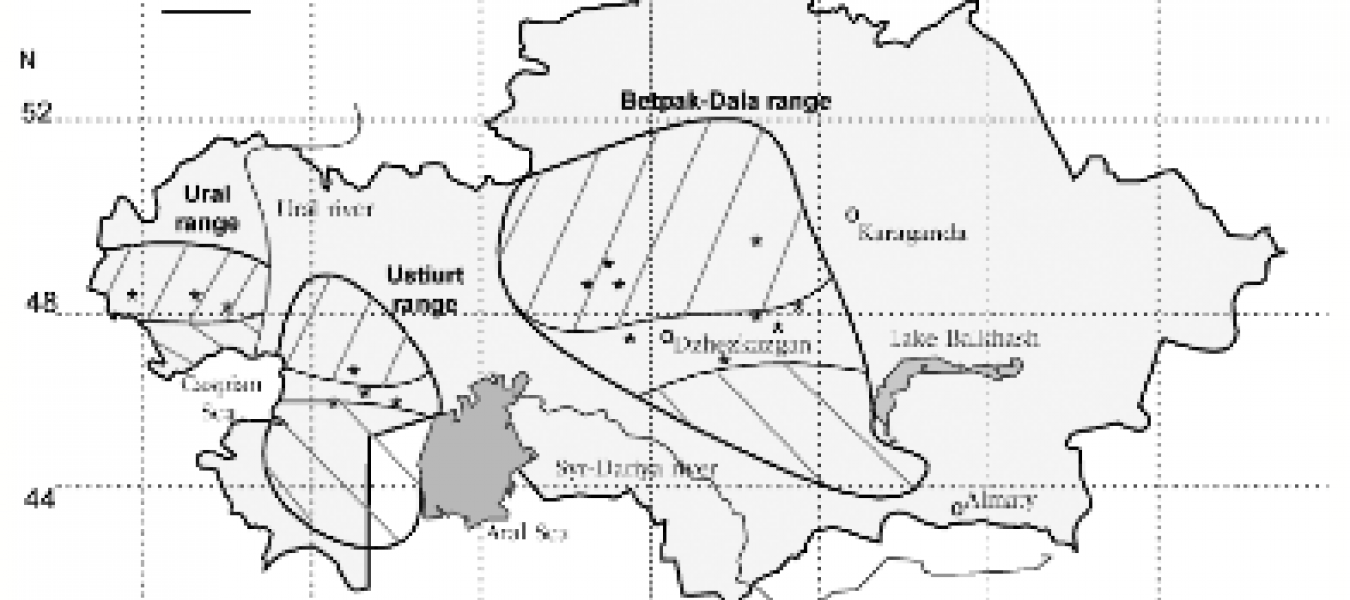Helminths of Saiga Antelope in Kazakstan: Implications for Conservation and Livestock Production

Saiga antelope (Saiga tatarica) graze extensively on livestock pasture, potentially enabling transmission of a wide range of parasitic helminths between saigas and domestic ruminants. Thirty-six of the 38 species of helminth that have been found in saigas in Kazakhstan in the past have been found also in domestic livestock.
We examined 133 saigas culled for meat in autumn 1997, and found three species of cestode and 12 nematodes (nine in the abomasum), but no trematodes or lungworms. The most abundant species were Marshallagia marshalli, Marshallagiamongolica,andNematodirus gazellaein the abomasum,Nematodirus gazellaein the small intestine, andSkrjabinema ovisin the large intestine.
There was no clear relationship between intensities of abomasal nematodes and body condition. Age-intensity patterns differed between species:N. gazellaeintensities were highest in saigas around 2-3 yr old, and declined in older animals, whereas the intensity ofMarshallagiaspp. rose asymptotically with age. Fecal egg density was directly proportional to adult worm intensity across ages forMarshallagiaspp., but only in young animals forN. gazellae.There was no evidence that helminths, at the intensities observed, adversely affect saiga populations. The host range of many of the parasites found is broad, and transmission between saigas and livestock in both directions might become important to agriculture and conservation as livestock numbers recover. Simplified sampling techniques used in this study, and statistical analysis based on bootstrapping, could prove useful in other parasitologic surveys of wildlife in remote areas.
